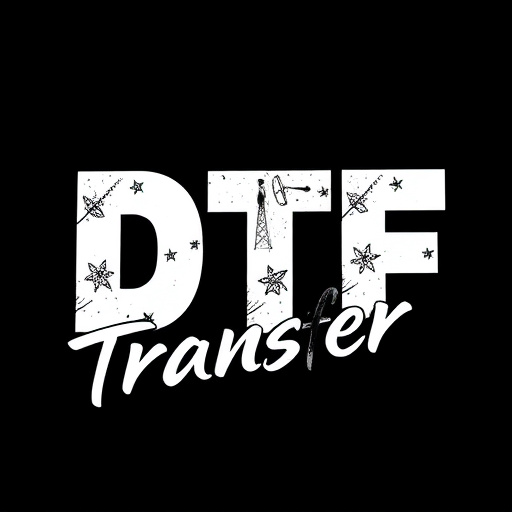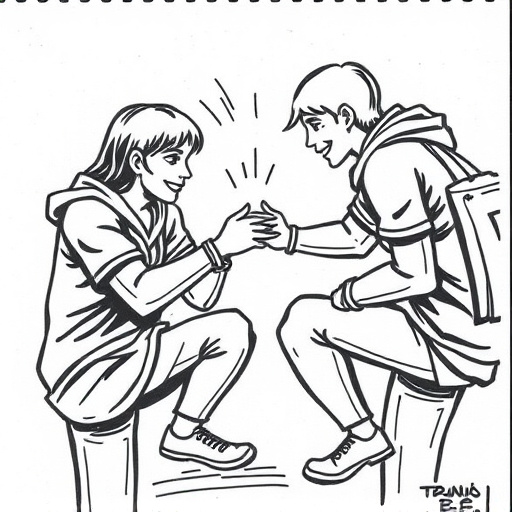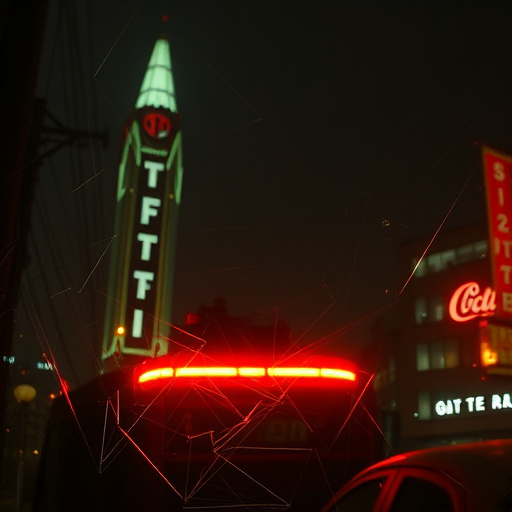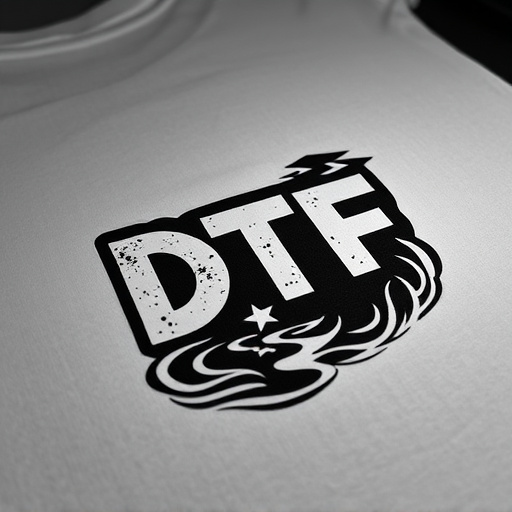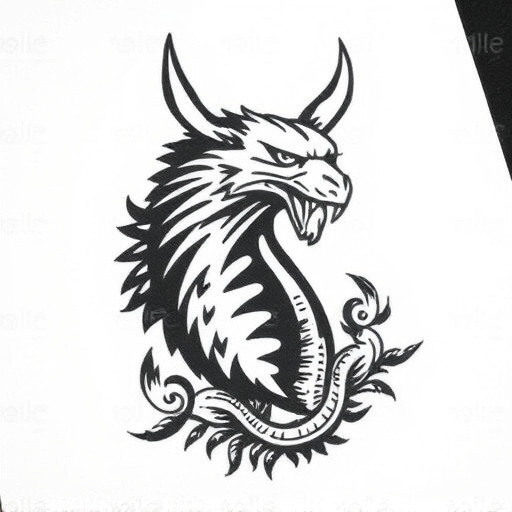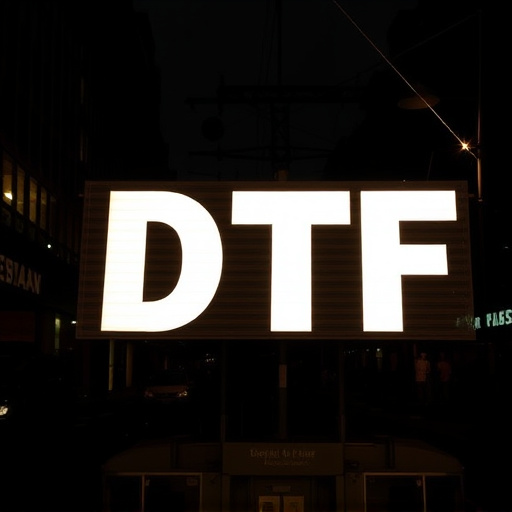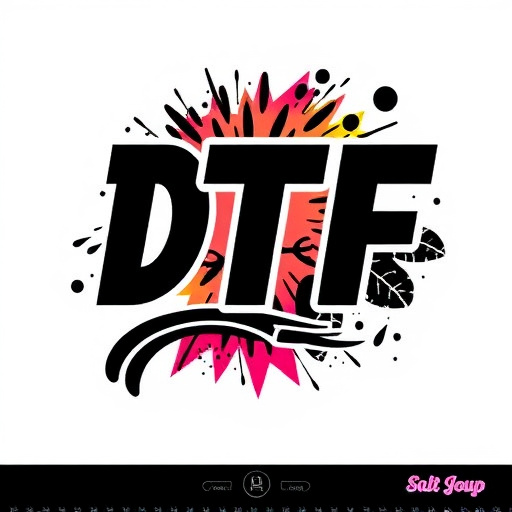Designers and print shops must choose appropriate DTF transfer sheets for specific printing needs like custom t-shirts or bulk production to ensure high-quality prints. Accurate setup involves double-checking dimensions, resolution, and color profiles, using custom sheets, and dedicated software tools. Optimizing interfacial and boundary conditions enhances DTF setups' success rate, particularly for intricate transfers.
“Avoid common pitfalls in DTF Transfer Gang Sheet setup to ensure precise simulations. This article explores three primary errors: misinterpreting unit cell sizes and material properties, inaccurate data input and copy-paste mistakes, and overlooking interfacial and boundary conditions. By understanding these mistakes, engineers can optimize their DTF transfer processes, enhancing overall efficiency and accuracy in material science applications.”
- Misunderstanding Unit Cell Sizes and Material Properties
- Inaccurate Data Input and Copy-Paste Errors
- Neglecting Interfacial Conditions and Boundary Conditions
Misunderstanding Unit Cell Sizes and Material Properties
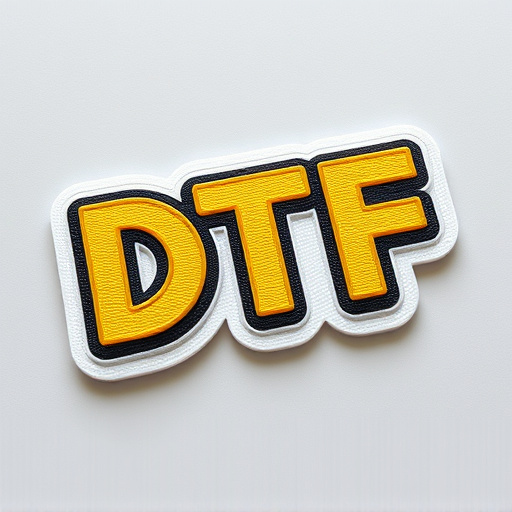
Many designers and print shops fall into the trap of assuming that all DTF transfer gang sheets are created equal. However, a critical misunderstanding lies in the nuances of unit cell sizes and material properties. Each DTF transfer sheet is designed for specific printing requirements, be it for custom t-shirts, direct to film printers, or bulk DFT shirt production. Ignoring these specifics can lead to poor print quality, misaligned designs, and ultimately, dissatisfied customers.
Unit cell size refers to the smallest repeating element in a pattern, crucial for accurate scaling and registration during printing. Material properties, such as absorption rate and surface texture, vary significantly between different transfer sheets, even those marketed for similar applications like custom T-shirts. Therefore, it’s essential to match the DTF transfer gang sheet with the specific material you intend to print on, ensuring optimal results in your bulk DFT shirt production or direct-to-film printing projects.
Inaccurate Data Input and Copy-Paste Errors
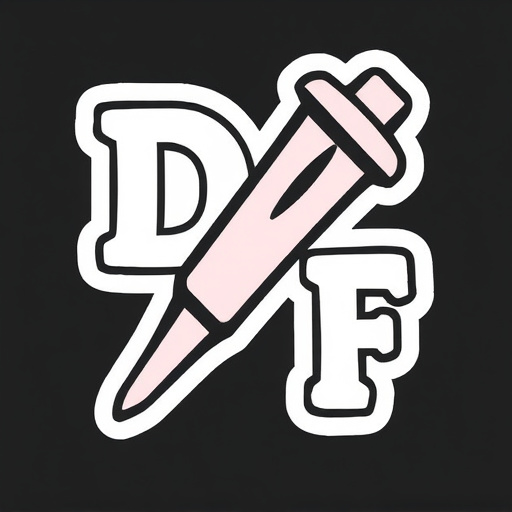
Inaccurate data input and copy-paste errors are among the most common pitfalls in DTF Transfer Gang Sheet setup. When setting up gang sheets for DTF (Direct to Fabric) transfers, it’s crucial to ensure that all information is entered precisely. This includes details about each design, such as dimensions, resolution, and color profiles. Even a minor discrepancy can lead to subpar print quality or misaligned designs when transferring the artwork onto garments like hoodies using dtf printing techniques.
These errors often arise from hurried work or reliance on copied data without verification. To avoid them, double-check every piece of information before finalizing the gang sheet. Using custom sheets designed for heat pressing designs onto garments can help streamline the process and reduce mistakes. Additionally, maintaining meticulous records and using dedicated software tools designed for DTF transfer setup can significantly minimize errors, ensuring your final products meet high-quality standards.
Neglecting Interfacial Conditions and Boundary Conditions
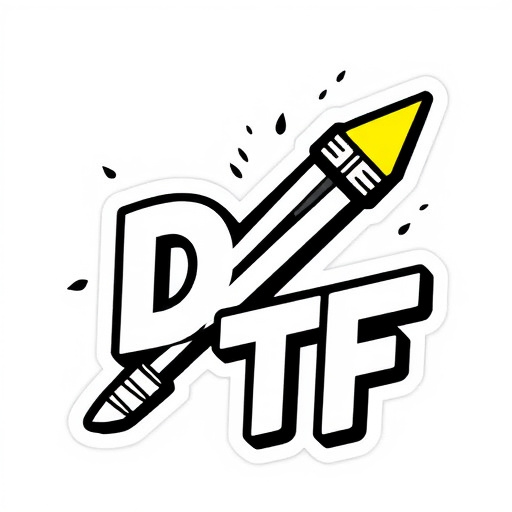
When setting up DTF Transfer Gang Sheets, one common pitfall often overlooked is the disregard for interfacial and boundary conditions. These conditions play a crucial role in ensuring the quality and accuracy of custom DTG transfers. Interfacial conditions refer to the properties at the interface between different materials, such as the fabric and the transfer paper. Neglecting these can result in poor adhesion, leading to transfers that peel or crack during the printing process.
Boundary conditions, on the other hand, involve the specifications of the edges or perimeters of your design. Inaccurate boundary settings might cause unwanted effects like distorted prints or cuts that don’t align properly. For direct-to-film personalized hoodies or custom DTG transfers, paying close attention to these details is paramount. By addressing interfacial and boundary conditions, you can enhance the overall success rate of your DTF transfer gang sheet setups.
When setting up DTF Transfer Gang Sheets, avoiding common mistakes is key to ensuring accurate and efficient data management. Misunderstandings regarding unit cell sizes and material properties, inaccurate data input, and copy-paste errors can lead to significant discrepancies. Additionally, neglecting interfacial conditions and boundary conditions may compromise the integrity of the transfer process. By paying close attention to these aspects and adopting meticulous data handling practices, engineers can optimize their DTF Transfer Gang Sheets, streamlining workflows and enhancing overall precision.



